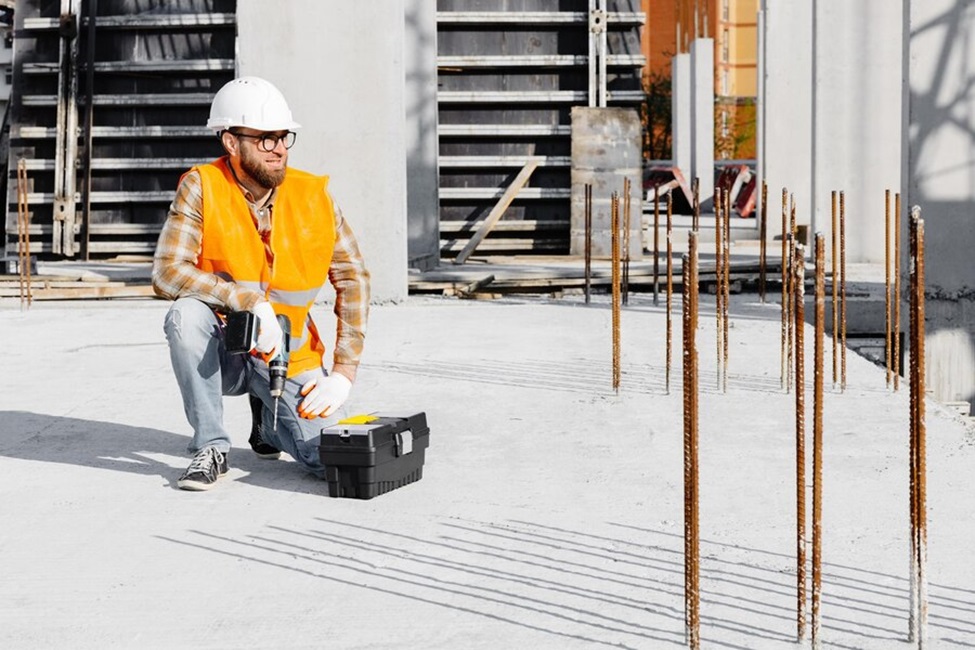What Are the Key Differences That Exist Between Palletizing and Depalletizing?
These days, conventional, as well as robotic palletizers and depalletizers have become indispensable equipment for automating labour-intensive activities performed in modern manufacturing, distribution, and packaging operations.
Top Industries offers a host of solutions for warehouses with depalletizer and palletizer equipment that is designed to address the requirements of today’s demanding production environments.
Let us discuss in this post, what are the few main differences between these palletizing and depalletizing operations.
Although both the tasks appear on the face of it quite similar, however, you will most likely come across a few unique challenges with one that possibly might not arise or could also arise in a different form while dealing with one or the other.
The following are a few of the basic differences between the two operations:
1. Unloading challenges
You have complete control over the objects on a pallet when performing a palletizing job. For instance, the robot can pick up the box from a conveyor and set it precisely where it needs to be on the pallet.
Depalletizing is the process of removing things off a pallet that has already been loaded. There is always a chance that some of the products will be distributed unevenly or in unexpected places on the pallet.
2. Items moved in transit
During transit, pallets move around a lot. One of the most frequent mistakes in palletizing is using insufficient shrink wrap to secure the cargo.
It is typical for things to have migrated during transit when depalletizing. Your depalletizing robot should be able to take this movement into account otherwise it will be inaccurate.
3. Robot vision
The addition of machine vision to depalletizing applications is a typical strategy for dealing with the ambiguity of pallet unloading.
Although it increases the complexity of your robotic application, vision sensing also makes the system more adaptable to changes. Palletizing allows you to frequently build your robot without any visual sensing.
4. Different upstream and downstream processes
Palletizing and depalletizing interact with several operations in your manufacturing workflow, which is a distinct difference between them.
Upstream packing processes like sealing, labelling, and case erecting typically come before tasks that involve palletizing.
Depalletizing tasks often begin your workflow and interact with picking, sorting, and unpacking tasks.
5. Location in your facility
A palletizing and depalletizing robot will probably be placed at various places across your facility. The robot should be placed close to any upstream or downstream activities in your workflow that come before or after it.
You might be able to utilise the same robot for both these palletizing and depalletizing operations if your production volumes are low. If so, you must consider this when creating your robot cell and choosing how it can fit into your design of the facility.
Many suppliers of material handling equipment are trying to find different solutions for palletizing and depalletizing operations. Top Industries who is well-known for providing various customized solutions is also actively involved in such developmental activities.
If you want to follow on Linkedin about their current activities then you can connect with them.















